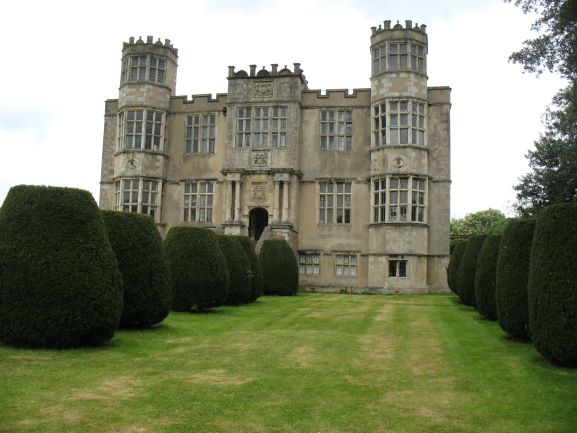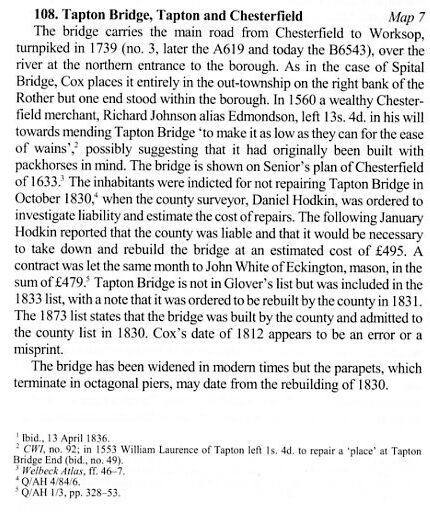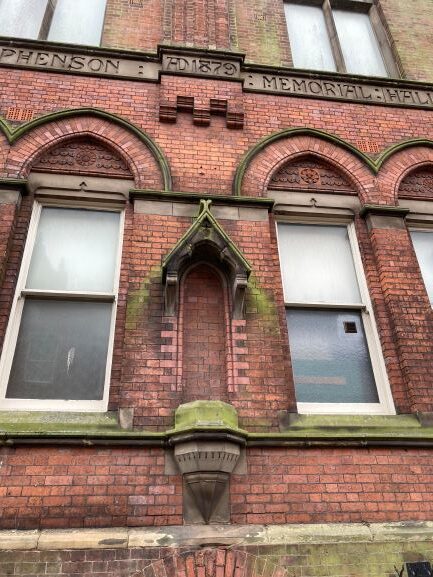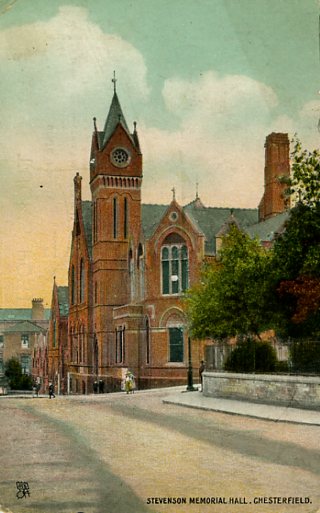Barlborough and the Rodes family
We’re heading to Barlborough for this brief review of the Rodes family in the parish and a couple of distinctive indicators of their influence.
The Rodes family were influential in the north eastern part of Derbyshire, in particular in the Barlborough area. Our Derbyshire Victoria County History (VCH) Volume III charts their involvement. The holders of Barlborough Hall (Rodes family) and Park Hall (Pole family) estates were generally regarded as joint lords of Barlborough manor from the 18th century. (Incidentally, landownership in the parish is described by our County Editor as ‘complex’).

Francis Rodes of Staveley, Woodthorpe (a rising lawyer) purchased land in Barlborough in the early 1570s. He had Barlborough Hall built in 1583-4.
By the 1840s a descendant (through various branches of the family), William Hatfield Glossop, changed his surname to de Rodes. Succeeded by his daughter Sophia Felicité in 1883, she married Godfrey Lampson Tennyson Locker-Lampson in 1905. Their eldest daughter (also Felicité or Felicity) married Henry E Rimington-Wilson. He inherited the estate in 1935. Barlborough Hall was sold the following year and the year after sold again to a Roman Catholic body. It became and still is a junior department of Mount St Mary’s College, Spinkhill. The Rimington-Wilsons subsequently sold all or most of what remained of their estate in Barlbrough to Osbert Sitwell of Renishaw.
Though Barlborough Hall, which is at the very least closely related to houses designed by Robert Smythson, if not by him, is the most well-known symbol of the Rodes era in the area, there are others.

Perhaps a more unusual one is the memorial archway in the village centre, originally to the school. Erected by WH de Rodes in 1869 it was in memory of his wife Sophia Felicité. It’s complete with Latin and Hebrew inscriptions and features a mosaic with gold and silver leaf.
Much more about the Rodes family and about Barlborough can be found in our VCH Volume III ‘Bolsover and Adjoining parishes…’ which can be found in local studies libraries. It’s also still available for purchase.
Don’t forget to visit Barlborough Heritage Centre and their recently revamped website. They also have a range of publications available about the parish.



Barlborough and the Rodes family Read More »










